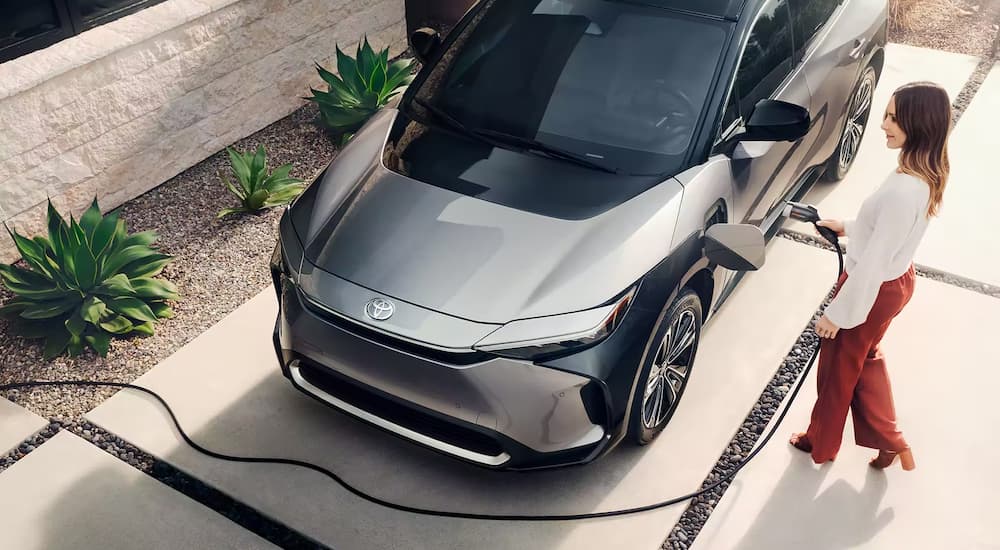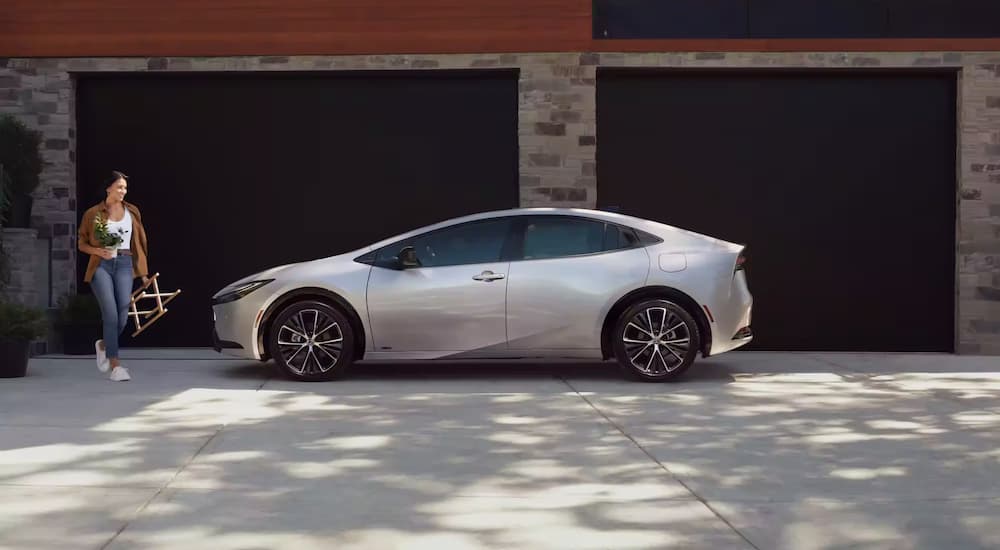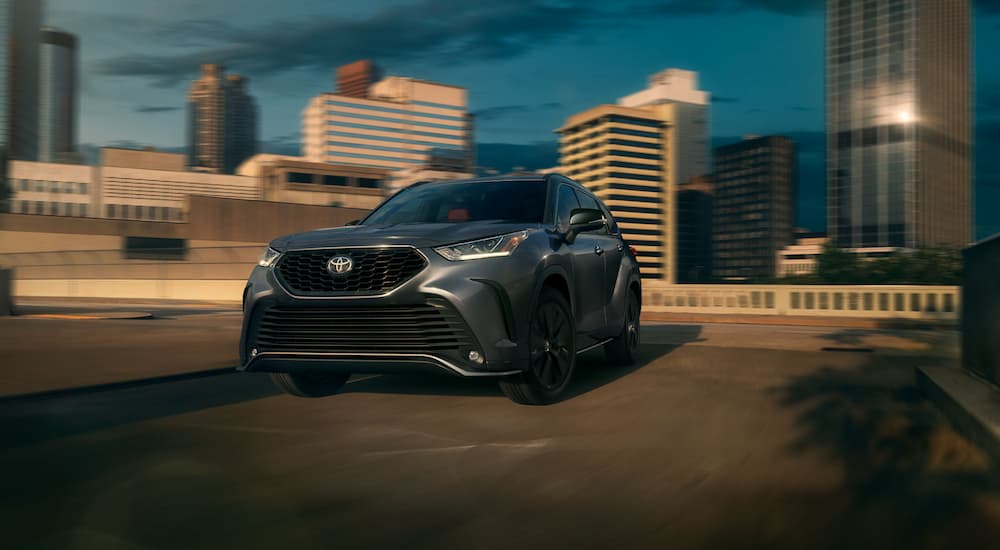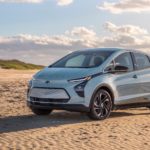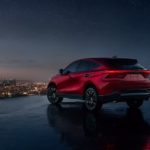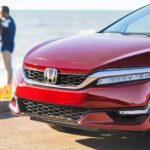Like most industries, the automotive industry is evolving, and electrified vehicles have become an integral part of the conversation. Automakers are increasingly pushing for greater efficiency, lower emissions, longer ranges from battery power, and a clear environmental plan that pushes the industry towards more sustainable practices. Toyota is one such automaker, focusing on producing a variety of electrified vehicles for a range of consumers. While some consumers are prepared for a fully electric transition, others wish to take it slower by going hybrid first.
Throughout the years, Toyota has invested heavily in the development of electric and hybrid vehicle technology, making it one of the most established producers of such cars on the market today. From the Prius revolution in the early 2000s, it’s clear Toyota is determined to be a leader in the segment. As a whole, Toyota has a reputation for developing reliable and affordable vehicles for the masses, and the brand remains ahead of the pack as the automotive climate shifts away from gas-powered engines. Once you’ve read about Toyota’s foray into the electrified vehicle market, and the technology behind its cars, you’ll be swiftly searching “Toyota dealership near me” to see these vehicles for yourself.
History of Toyota’s Move Towards Efficiency
Toyota’s first hybrid vehicle, the Prius, was released in 1997. The early generations of the Prius used a combination of gas and electric motors, with the electric motor primarily acting as an auxiliary source of power. Later generations of the Prius offer even more power delivered via the electric motor, allowing for superior fuel economy ratings. This set the standard for other hybrid vehicles in Toyota’s lineup and from close competitors.
When Toyota shifted to designing plug-in hybrids, it expanded upon the Prius and found avenues to add this technology to more of its models. Plug-in hybrids offer more control over when and how the car’s electric motor is used, allowing the battery to be efficiently charged and discharged. Unlike traditional hybrids, plug-in hybrids permit drivers to recharge their vehicles at home and use the electric motor for short trips across town. When the Prius Prime plug-in hybrid hit the market in 2017, its lithium-ion battery delivered 25 miles of electric range and a staggering 133 MPGe.
Toyota’s commitment to the electrified vehicle market exemplifies its dedication to sustainability and the future of automotive technology. From the humble beginnings of the first Prius to the ambitious investments it has made in incorporating these technologies into nearly all its models, Toyota is positioned for massive success in the electric car industry of the future.
Highlights of Toyota’s Electrified Lineup
It is important to understand the different types of electrified vehicles that Toyota produces. Toyota currently offers three distinct electrified vehicle powertrains: hybrid, plug-in hybrid, and battery electric. Each powertrain uses electricity to some degree, either through a combination of gasoline and electric power or solely through electric drive. Hybrid options will be the most familiar to drivers used to traditional gasoline vehicles, and include many of Toyota’s iconic nameplates, like the Corolla, Camry, and RAV4. However, plug-in hybrids and battery electric vehicles offer more potential for savings.
2023 Prius
The Prius is an icon when it comes to hybrid vehicles. It was the first mass-produced hybrid, becoming commonplace on roads and in parking lots. From celebrity drivers to your next-door neighbor, the Prius popped up everywhere in the early 2000s.
For 2023, Toyota refined the existing Prius. The exterior received a total makeover, while the powertrain was upgraded for more power and greater efficiency. The newly minted exterior features sleek lines, modern lighting, and smooth curves that prove you don’t need to sacrifice aesthetics for efficiency. When you opt for the XLE trim or higher, 19-inch alloy wheels complete the look.
It’s the performance that continues to make the Prius stand out. For 2023, the car has an output of up to 220 hp. The low center of gravity of the Prius helps handling and stabilization at every speed, assisted by the independent MacPherson strut front suspension with stabilizer bars and multi-link rear suspension. Plus, you can optimize every drive with the four available driving modes. Operate in EV Mode to run your Prius solely on battery power, Power Mode for the sharpest acceleration, ECO Mode for the best fuel economy, or Normal Mode for a blend of each.
2023 bZ4X
The all-electric 2023 Toyota bZ4X is a prime example of what Toyota’s capabilities can deliver. This crossover SUV has all the key elements of an upscale EV but with an attainable price tag. Available in front-wheel drive or all-wheel drive, the 2023 bZ4X offers an impressive 252 miles of range on a single charge. You can recharge at home from a standard 120V outlet or install a 240V charging station that can fully charge the battery from empty in under 10 hours. The bZ4X is also compatible with public DC fast charging stations that can get your battery from low to 80% in as little as 30 minutes.
Toyota includes many standard features in the bZ4X to elevate its mass appeal. Every trim features a panoramic glass roof, a Smart Key System, Full-Speed Range Dynamic Radar Cruise Control, Lane Departure Alert with Steering Assist, a Blind Spot Monitor with Rear Cross-Traffic Alert, Safe Exit Assist, and a 12.3-inch touchscreen infotainment system. The Limited trim offers additional high-end touches like heated and ventilated front seats, a motion-activated power liftgate, a heated steering wheel, an eight-way power driver’s seat, and 20-inch wheels.
2023 Highlander Hybrid
With many of Toyota’s models, it has taken the initiative to not toss the baby out with the bathwater. The Highlander is the best-selling three-row SUV on the market, so Toyota took this model and designed a hybrid spinoff. The 2023 Highlander Hybrid embodies the best qualities of its gas-powered counterpart, blended with the efficiency of a hybrid powertrain.
The hybrid powertrain uses a 2.5L I-4 gasoline engine assisted by two electric motors and is available with front-wheel drive or all-wheel drive. The 2023 Highlander Hybrid has an output of 243 hp and an EPA-estimated fuel economy of up to 36 MPG combined. That means you can save at the pump while reaping the benefits of driving a spacious, three-row SUV. The Highlander Hybrid offers standard Toyota Safety Sense 2.5+, seating for up to eight passengers, an innovative infotainment center with futuristic tech like available wireless charging, and lots of room to spread out and get comfortable.
Ready for the Future
All-in-all, Toyota is offering 14 electrified models in 2023. It has taken the best models and incorporated powertrains while adding new and exciting EVs to the mix. Toyota fans can take their time warming up to electrified options or run full-speed to a life that doesn’t involve gas stations. It helps to provide customers with options like the Prius, Highlander Hybrid, Camry Hybrid, RAV4 Hybrid, and many other familiar models. Meanwhile, those ready to take the EV plunge can discover what the bZ4X has in store.
Toyota currently accounts for an astounding 80% of global hybrid vehicle sales. Whether it’s a hybrid, plug-in hybrid, or fully electric vehicle, Toyota’s engineering is producing thrilling results. Undoubtedly, Toyota will continue to thrive in this new automotive market, staying miles ahead of its nearest competitors.
